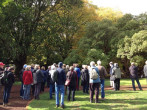CAMPERDOWN BOTANIC GARDENS AND ARBORETUM
220 PARK ROAD CAMPERDOWN, CORANGAMITE SHIRE
-
Add to tour
You must log in to do that.
-
Share
-
Shortlist place
You must log in to do that.
- Download report
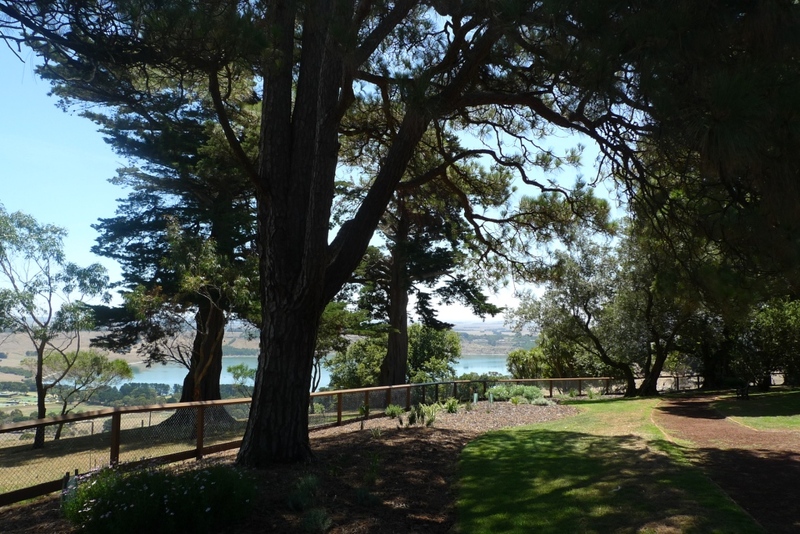

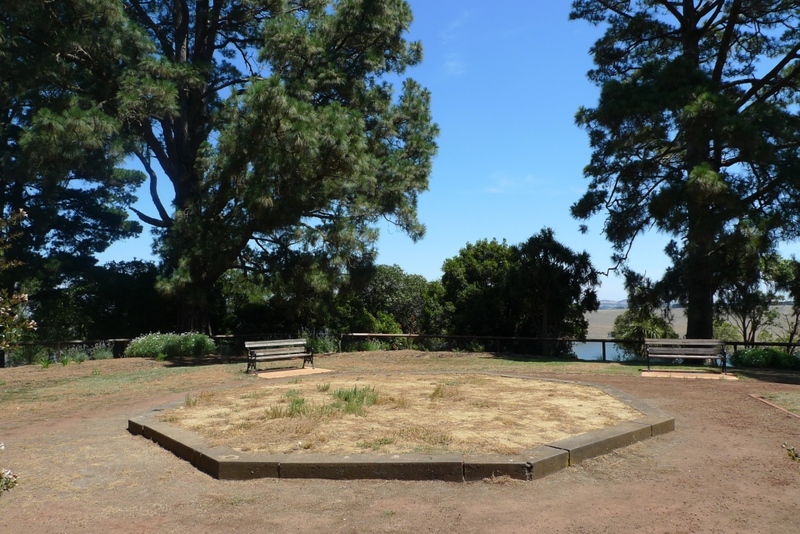


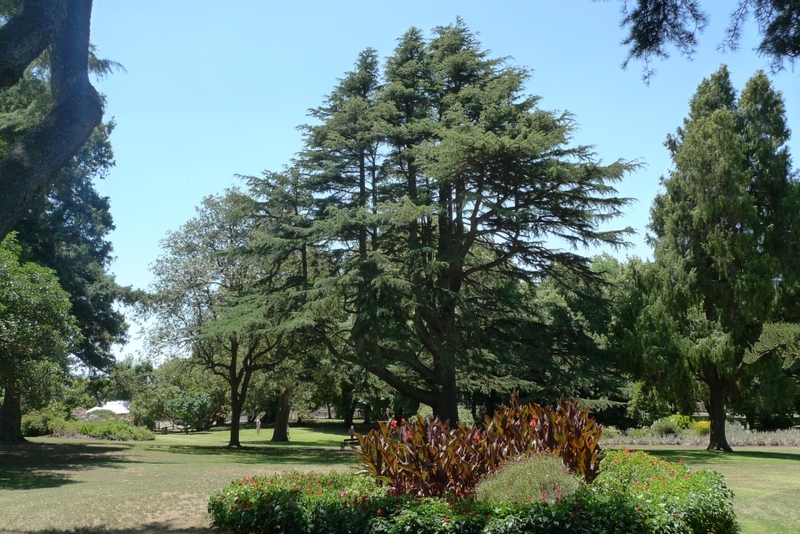
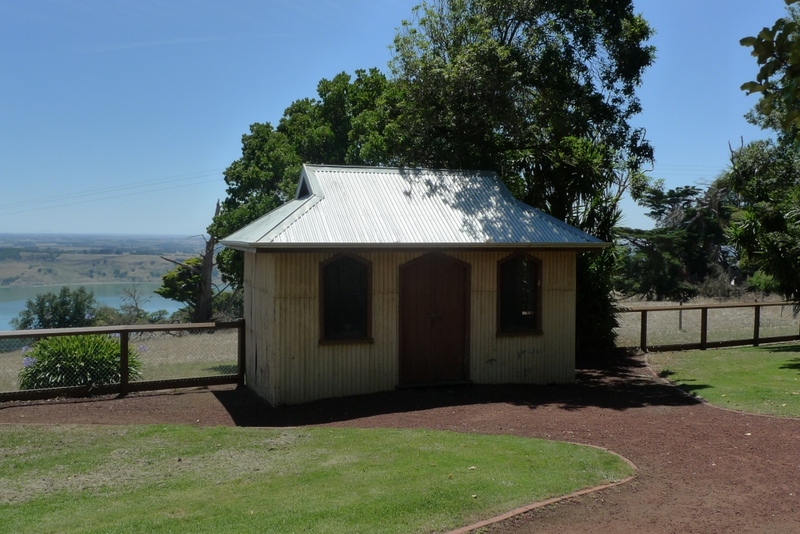
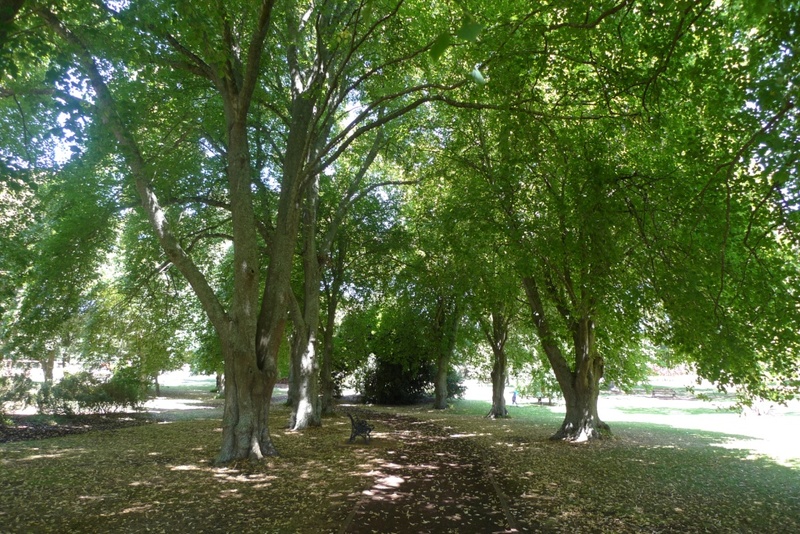
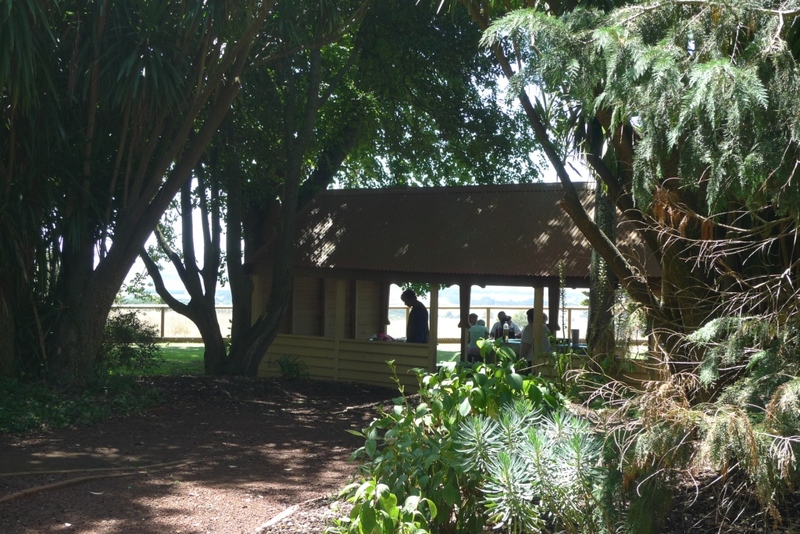
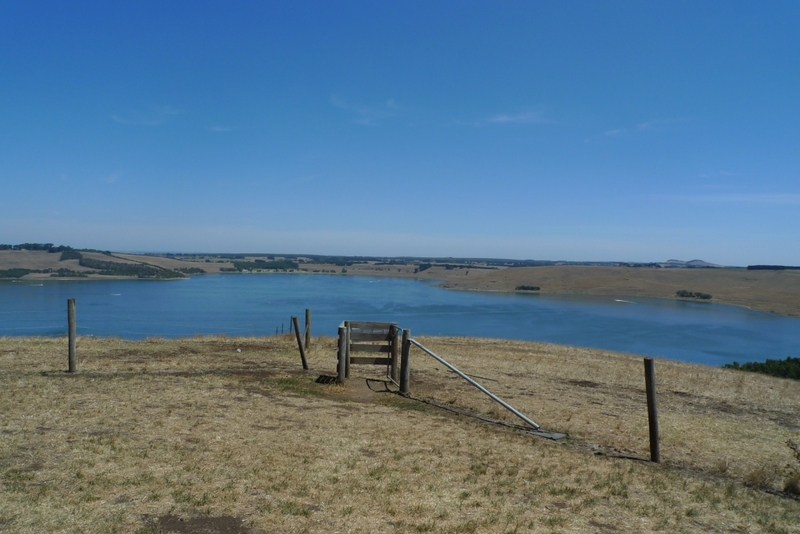
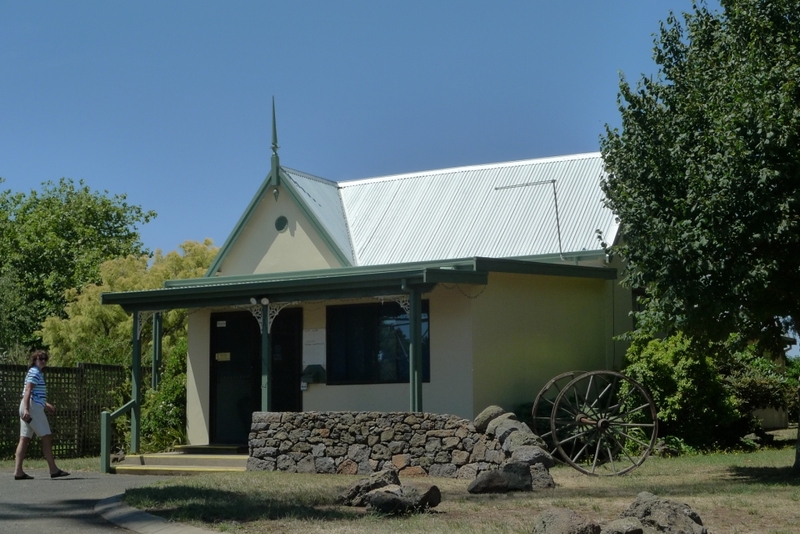

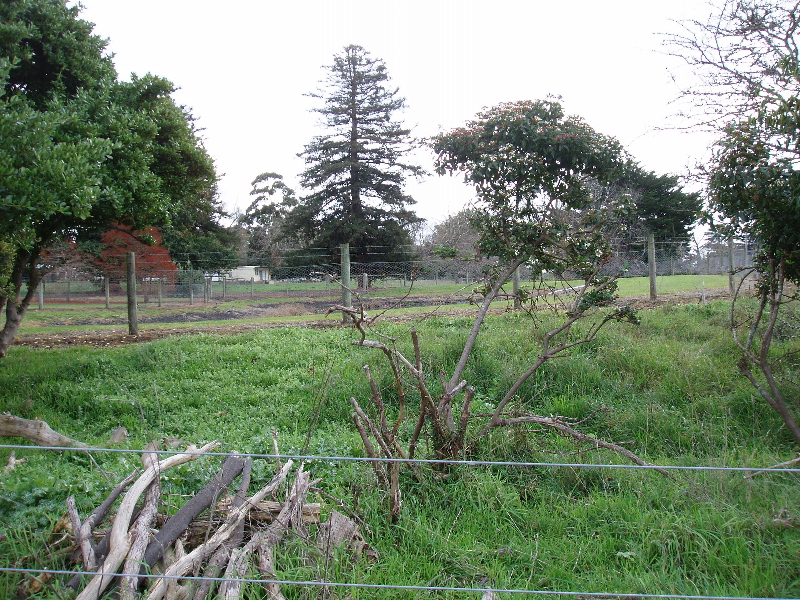

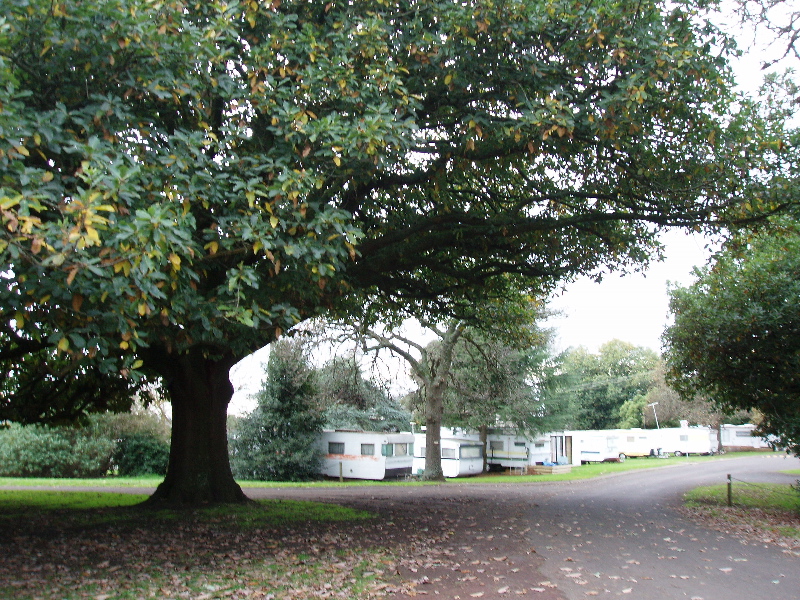
Statement of Significance
What is significant?
The Camperdown Botanic Gardens and Arboretum are situated high on a hill approximately 6 kilometres west of the township of Camperdown at the end of Park Road with commanding views over the twin volcanic crater lakes of Gnotuk and Bullen Merri.
The 1.2 hectare site of the Botanic Gardens and 6.9 hectare Arboretum are part of the 118 hectare allotment which was initially reserved in July 1869 as the Camperdown Public Park. Access to the Botanic Gardens is through a caravan park, established in 1960, which occupies land within the original Arboretum.
In late 1870 the initial layout of the serpentine plan was undertaken by Daniel Bunce, curator of the Geelong Botanic Gardens from 1858, with a road through the park approved in 1871. Further modifications were instigated by David Harboard, Shire of Hampden engineer including enclosing the site with a picket fence, forming paths and planting out the site. By June 1874, over 300 trees had been planted and a nursery established for raising plant materials for the gardens, with the area around the botanic reserve gradually cleared and grazing allowed. On 28 July 1879 the 292 acre site was permanently reserved by the Board of Land and Survey and by this time the botanic reserve was used regularly as an ornamental and recreational ground.
In November 1877 the Public Park Committee sought designs for an ornamental building resulting in the construction of a picturesque, iron observation rotunda in September 1879, which was removed in 1960. The gate lodge designed by James Daskein, Shire of Hampden engineer, was constructed by Evans and Son in 1880 with a verandah added by Mc Crae and Fullarton in 1887. This is now used as caretaker's office for the caravan park.
From 1888 - 1890 William Guilfoyle, Director of the Melbourne Botanic Gardens, recommended improvements to the amenity and layout of the Camperdown Botanic Gardens which included removal of some inner paths and surplus trees as well as the metalling of the access road. Guilfoyle prepared a further plan and planting list for additional improvements in1910 which both survive. Further improvements were made between 1905-10 including the construction of new entrance gates, picnic shelters, reservoirs and a watering system. Later additions included a fish pond, aviary (c1930) and a glass house which have all been removed.
The Camperdown Botanic Gardens and Arboretum include a number of mature significant trees including a rare example of an avenue of nine Tilia x europaea (Linden), two rare Quercus leucotrichophora (Himalayan Oak) and an endangered Elaeodendron croceum (African Holly). Other important trees in the Arboretum include the Quercus pubescens (Downy Oak), Quercus petraea (Sessile Oak) Acer opalus subsp. obtusatum (Italian Maple) as well as other uncommon species of deciduous trees and conifers that survive from the 1870s plantings. In March 1996 a Pinus montezuma (Montezuma Pine) was planted by James Guilfoyle, grandson of William Guilfoyle.
This site is on the land of the traditional owners.
How is it significant?
The Camperdown Botanic Gardens and Arboretum are of historic, aesthetic and scientific (botanical) significance to the state of Victoria.
Why is it significant?
The Camperdown Botanic Gardens and Arboretum are of historic significance for their association with William Guilfoyle with the gardenesque design being one of the last known examples of his public work before his death in 1912. Guilfoyle is regarded as one of Australia's greatest garden designers and his rare, extant plan and accompanying planting notes of 1910 are held in the collection at the Camperdown Historical Society.
The Camperdown Botanic Gardens and Arboretum are of aesthetic significance as one of the largest public park reserves in Victoria enhanced by the dramatic site location on a hill rising between the picturesque twin volcanic crater lakes of Gnotuk and Bullen Merri. The location provides outstanding views from within the gardens over the lakes and the basalt plains of the western district. The only other hilltop botanic garden is at Daylesford, while Ballarat Botanic Gardens and Colac Botanic Gardens sit beside large lakes.
The Camperdown Botanic Gardens and Arboretum are of scientific (botanical) significance as the mature gardens include two rare specimens of Quercus leucotrichophora (Himalayan Oak), an Elaeodendron croceum (African Holly) which is an endangered species and an avenue of nine Lindens (Tilia x europaea) which is the only known occurrence of the species used in this way. Other important trees in the Arboretum include the Quercus pubescens (Downy Oak), Quercus petraea (Sessile Oak), Acer opalus subsp. obtusatum (Italian Maple) as well as other uncommon species of deciduous trees and conifers which survive from the 1870s plantings.
-
-
CAMPERDOWN BOTANIC GARDENS AND ARBORETUM - History
HISTORY:
References:
This history is largely based on earlier research detailed in:
Camperdown - A heritage Study Volume 1, Alan Willingham, December 1995
Camperdown Botanic Gardens Management Plan, Camperdown Botanic Gardens Advisory Committee for the Corangamite Shire
Statue of Robert Burns National Trust Classification Report File No: B0515
The Making of Our Town Camperdown Kaye Dowdy (nd)
Camperdown Rotunda Proposal for Reconstruction, Richard Aitken, 1985
CONTEXTUAL HISTORY
From the mid nineteenth century, fuelled by the gold rush and colonial government polices, Victoria developed a tradition of municipal botanic gardens in many country town of considerable size. This resulted in Victoria having the finest collection of regional botanical gardens of all Australian states.
Most of the regional botanic gardens developed as landscaped gardens, although there was a sharp contrast between these sites and the various municipal parks and gardens where an emphasis on floral displays and ornamentation tended to dominate, especially in the twentieth century.
HISTORY OF PLACE
The 3 acre site of the Botanic Gardens and 17 acre Arboretum are part of the 292 acre allotment which was reserved in July 1869 as the Camperdown Public Park. On 28 July 1879 and 292 acres were permanently reserved by the Board of Land and Survey.
Initial layout and design
In late 1870 the initial layout of the serpentine plan was undertaken by Daniel Bunce, curator of the Geelong Botanic Gardens from 1858, with a road through the park approved in 1871. Further modifications were instigated in by David Harboard, Hampden Shire engineer including enclosing the site with a picket fence, forming paths and planting out the site. By June 1874, over 300 trees had been planted and the Reserve was used regularly as ornamental and recreational grounds.
Observation Rotunda
In November 1877 the Public Park Committee sought designs for an ornamental building from both the architect Alexander Hamilton of Colac and the Shire of Hampden engineer, James Daskein. William Hutchison of the City Foundry, Melbourne fabricated the iron work and local builders McCrae and Fullarton erected Hamilton's picturesque observation rotunda, with works being completed by September 1879. It was re-decked and painted in 1903 by McCrae and Husband and demolished, with some components salvaged in 1960. In 1985 Richard Aitken completed "Camperdown Rotunda Proposal for Reconstruction" for the Shire but no action has been taken.
Gate Lodge
In 1880 a picturesque gate lodge designed by James Daskein, Shire of Hampden engineer was erected for the gardener. The main builders were Evans and Sons in 1880 and in 1887 a verandah was added by McCrae and Fullarton with further renovations and alterations made in 1955. It is now used as the Caretaker's office for the caravan park which was established in 1960.
Robert Burns Statue
In 1883, W. A. Taylor of nearby Rennyhill made a gift of a statue of the celebrated Scottish poet Robert Burns to the Public Park. The sandstone statue, which was carved by John Greenshields in Scotland in 1830 to the order of the donor's grandfather Peter Taylor, was exhibited at the Burns Centenary celebrations in London prior to being shipped to Camperdown and erected on a brick and render pedestal in the Camperdown Botanic Gardens.
Guilfoyle Plan
The amenity and landscape character of the Public Park was substantially improved in the late 1880s when the landscape plan and planting schedule of William Guilfoyle, then the celebrated Director of the Botanic Gardens in Melbourne was implemented by the local committee. This rare plan has been restored and is located in the collection of the Camperdown Historical Association.
1872 tenders invited for the erection of gates for the gardens.
1888 Provision of a sun dial by adjoining landowner Robert Scott former District Surveyor. Been removed.
1884-5 Work commenced on water reservoir on northern boundary of the Public Park
1905-6 New gates constructed for the lower entrance.
1905 Tenders called for constructing a dam and a windmill at the Public Park
1908 Picnic Shelters were constructed 1908-09 designed by Warburton Pierre Knights. Restoration works including a drawing and colour scheme were undertaken in 1985 by architect Craig Wilson with restoration competed in 2005.1928 - 30 Tenders invited for sundry works including construction of an aviary, tanks and stand
1930-60 Gardens neglected during this period.
Potting shed (date unknown) located on the western edge of the fence line was used for the storing small tools and equipment. Restoration works were undertaken in1985 and 2006-7.
Later additions included ornamental pond, an aviary (c1930) and a glass house which have all been removed.
A tea rooms located within the reserve although its precise location is not clear.
1984 Rejuvenation of Gardens 'Plant Survey and Plan of the Camperdown Botanic Gardens', prepared by John Hawker for the Sesquicentenary Project Victoria.
March 1996 a Pinus montezumae, (Montezuma Pine) planted in the Botanic Gardens by James Guilfoyle, grandson of William Guilfoyle.
April 1996 as part of the "Flora for Victoria" project celebrating the 150th Anniversary of the Royal Botanic Gardens in Melbourne, 56 plants from a range of rare an indigenous species were planted in the Gardens.
April 2005 Council approved grazing of the arboretum by a local farmer
CAMPERDOWN BOTANIC GARDENS AND ARBORETUM - Assessment Against Criteria
ASSESSMENT AGAINST CRITERIA
a. Importance to the course, or pattern, of Victoria's cultural history
Developed from 1869, the Camperdown Botanic Gardens and Arboretum are an example of a regional botanic garden which retains typical gardenesque and botanical gardens characteristic such as open lawn, areas planted with mature specimen trees, areas of intensive horticultural interest, a rare avenue of lindens and some extant buildings such as a picnic shelter and potting shed. The Camperdown Botanic Gardens and Arboretum, is one of the largest public park reserves in Victoria.
b. Possession of uncommon, rare or endangered aspects of Victoria's cultural history.
The Camperdown Botanic Gardens and Arboretum are important for the collection of mature trees which includes several uncommon specimens often only found in botanic gardens or historic landscapes.
c. Potential to yield information that will contribute to an understanding of Victoria's cultural history.
d. Importance in demonstrating the principal characteristics of a class of cultural places or environments.
The Camperdown Botanic Gardens and Arboretum are historically important for their association with William Guilfoyle with the gardenesque design being one of the last known examples of his public work before his death in 1912. A rare, extant plan and accompanying notes completed in the late 1890s are held in the collection at the Camperdown Historical Society.
e. Importance in exhibiting particular aesthetic characteristics.
The Camperdown Botanic Gardens and Arboretum, is one of the largest public park reserves in Victoria and is much enhanced by its strategic and dramatic siting high on a cone rising between the twin volcanic crater lakes of Gnotuk and Bullen Merri. The location provides outstanding views from within the gardens over the lakes and the basalt plains of the western district
f. Importance in demonstrating a high degree of creative or technical achievement at a particular period.
g. Strong or special association with a particular community or cultural group for social, cultural or spiritual reasons. This includes the significance of a place to Indigenous peoples as part of their continuing and developing cultural traditions.
h. Special association with the life or works of a person, or group of persons, of importance in Victoria's history.
The Camperdown Botanic Gardens and Arboretum are enhanced by the rare and distinctive sandstone statue of the celebrated poet, Robbie Burns carved in Scotland by John Greenshields. This statue illustrates the strength of the Scottish settlement in Western Victoria.
CAMPERDOWN BOTANIC GARDENS AND ARBORETUM - Plaque Citation
Designed in 1870 by Daniel Bunce with improvements in about 1889 by William Guilfoyle, one of Australia's greatest garden designers, these gardens are notable for the dramatic setting and include a number of significant trees.
CAMPERDOWN BOTANIC GARDENS AND ARBORETUM - Permit Exemptions
General Exemptions:General exemptions apply to all places and objects included in the Victorian Heritage Register (VHR). General exemptions have been designed to allow everyday activities, maintenance and changes to your property, which don’t harm its cultural heritage significance, to proceed without the need to obtain approvals under the Heritage Act 2017.Places of worship: In some circumstances, you can alter a place of worship to accommodate religious practices without a permit, but you must notify the Executive Director of Heritage Victoria before you start the works or activities at least 20 business days before the works or activities are to commence.Subdivision/consolidation: Permit exemptions exist for some subdivisions and consolidations. If the subdivision or consolidation is in accordance with a planning permit granted under Part 4 of the Planning and Environment Act 1987 and the application for the planning permit was referred to the Executive Director of Heritage Victoria as a determining referral authority, a permit is not required.Specific exemptions may also apply to your registered place or object. If applicable, these are listed below. Specific exemptions are tailored to the conservation and management needs of an individual registered place or object and set out works and activities that are exempt from the requirements of a permit. Specific exemptions prevail if they conflict with general exemptions. Find out more about heritage permit exemptions here.Specific Exemptions:General Conditions: 1. All exempted alterations are to be planned and carried out in a manner which prevents damage to the fabric of the registered place or object.
General Conditions: 2. Should it become apparent during further inspection or the carrying out of works that original or previously hidden or inaccessible details of the place or object are revealed which relate to the significance of the place or object, then the exemption covering such works shall cease and Heritage Victoria shall be notified as soon as possible. Note: All archaeological places have the potential to contain significant sub-surface artefacts and other remains. In most cases it will be necessary to obtain approval from the Executive Director, Heritage Victoria before the undertaking any works that have a significant sub-surface component.
General Conditions: 3. If there is a conservation policy and plan endorsed by the Executive Director, all works shall be in accordance with it. Note: The existence of a Conservation Management Plan or a Heritage Action Plan endorsed by the Executive Director, Heritage Victoria provides guidance for the management of the heritage values associated with the site. It may not be necessary to obtain a heritage permit for certain works specified in the management plan.
General Conditions: 4. Nothing in this determination prevents the Executive Director from amending or rescinding all or any of the permit exemptions.
General Conditions: 5. Nothing in this determination exempts owners or their agents from the responsibility to seek relevant planning or building permits from the responsible authorities where applicable.
Minor Works: Note: Any Minor Works that in the opinion of the Executive Director will not adversely affect the heritage significance of the place may be exempt from the permit requirements of the Heritage Act. A person proposing to undertake minor works must submit a proposal to the Executive Director. If the Executive Director is satisfied that the proposed works will not adversely affect the heritage values of the site, the applicant may be exempted from the requirement to obtain a heritage permit. If an applicant is uncertain whether a heritage permit is required, it is recommended that the permits co-ordinator be contacted.
Landscape:
1. The process of gardening, mowing, hedge clipping, bedding displays, removal of dead plants and weed control, emergency and safety work and landscaping in accordance with the original concept.
2. The replanting of plant species to conserve the landscape character, rare and unusual species, exotic and native trees, planted in beds, shrubberies and as specimen trees in lawns.
3. Management and maintenance of trees including formative and remedial pruning, removal of deadwood, pest and disease control, cabling, mowing, weed control and mulching.
4. In the event of loss or removal of trees, replanting with the same species to maintain the landscape character identified in the statement of significance. Removal of tree seedlings and suckers but excluding herbicide use.
5. Management of trees in accordance with Australian Standard: Pruning of amenity trees AS 4373.
6. Management of trees in accordance with Australian Standard: Protection of trees on development sites AS 4970.
7. Removal of plants listed as Prohibited and Controlled Weeds in the Catchment and Land Protection Act 1994.8. Sensitive repairs, conservation and maintenance to structures and hard landscape elements, memorial plaques, asphalt and gravel roads and paths, stone and concrete edging, fences and gates.
9. Installation, removal or replacement of garden watering and drainage systems beyond the canopy edge of mature trees.
CAMPERDOWN BOTANIC GARDENS AND ARBORETUM - Permit Exemption Policy
1. Conservation and management of the Camperdown Botanic Gardens should retain the existing layout, character and botanical plantings. The importance of the Botanic Gardens lies primarily in its layers of planting, features and buildings which combine to create a landscape and botanic gardens of significance. The Camperdown Botanic Gardens Management Plan should be revised and updated to direct the future conservation and management of the Gardens. This should include a Conservation Management Plan to inform the Management Plan.
2. Consideration should be given to constructing access to the Botanic Gardens through the Arboretum in the manner originally intended by Guilfoyle.
3. Small information tags should be attached to significant trees in the Botanic Gardens and Arboretum, so that visitors can readily identify rare specimens.
-
-
-
-
-
CAMPERDOWN BOTANIC GARDENS AND ARBORETUM
 Victorian Heritage Register H2256
Victorian Heritage Register H2256 -
Akiraho
 National Trust
National Trust
-
'Lawn House' (Former)
 Hobsons Bay City
Hobsons Bay City -
1 Fairchild Street
 Yarra City
Yarra City -
10 Richardson Street
 Yarra City
Yarra City
-




